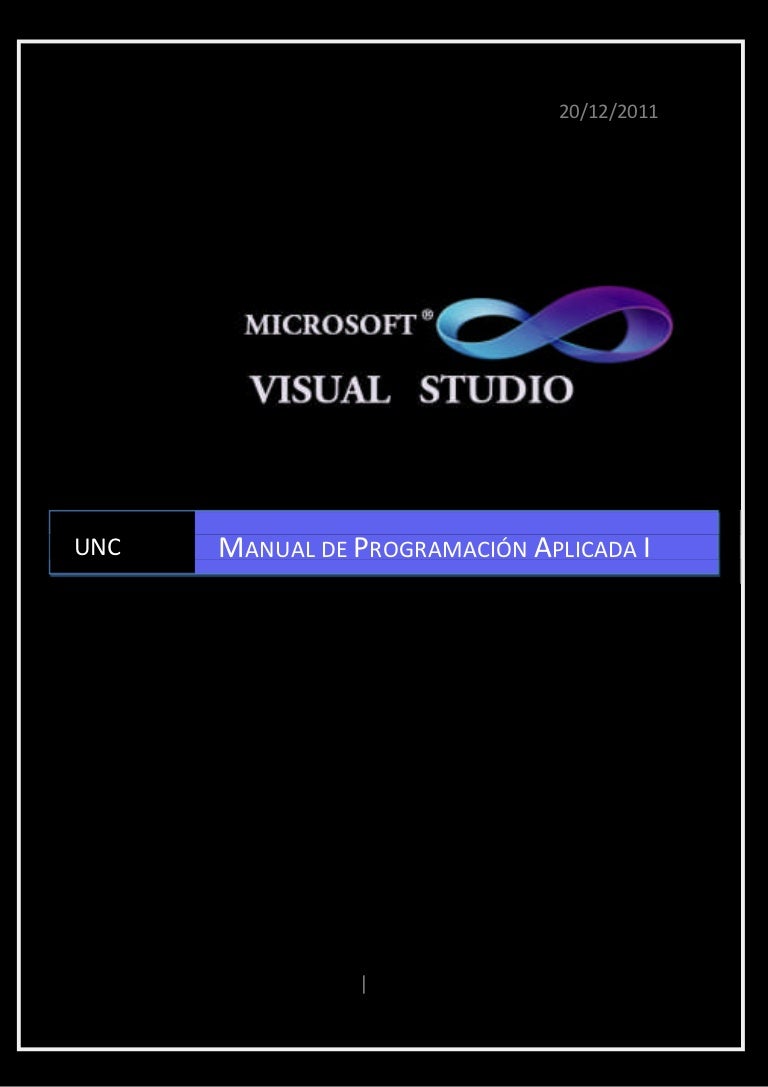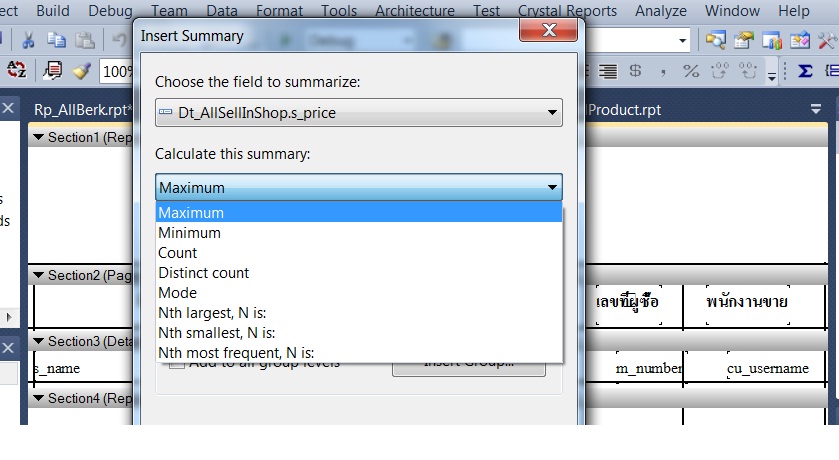
In theory it’s possible to target even VC6, but there is no support from Microsoft for that. It is possible to target the previous version, 2008, 2005, 20. The following image shows the available options on a machine with Visual Studio 2008 SP1 and Visual Studio 2010 installed side by side. The targeted toolset can be changed from project’s properties page, General, Platform Toolset. You can define different configurations that target different versions of the toolsets. Of course, you must have the targeted toolset installed on your machine, in order to do that. The native multi-targeting allows to use different versions of the tools and libraries to build (native) C++ projects. Actually it was dropped, because in Visual Studio 2008 this was possible. The support for changing this from the IDE was not included in this version. Unfortunately, by design, this can only be changed manually in the project file. NET multi-targeting.īy default the target version is the latest, 4.0. This is actually not new, it was introduced in Visual Studio 2008 with the support for. NET framework for mixed-mode applications. The managed multi-targeting allows to target different versions of the. There are two types of multi-targeting: native and managed. NET 2.0, 3.0 or 3.5.Īs a result of the changes to the build system and project system, the new version introduces a similar feature for Visual C++.

Using Visual Studio 2008 one could build the same project with. The previous version of Visual Studio has introduced a the possibility to target different versions of the. You can read more about these changes in MSDN. vsprops, an XML file called project property sheet, allowing to specify switches for the build tools and create user-defined macros. props (not seen in my example) has replaced. vcxproj.filters was added to store the definition of the Solution Explorer tree of project items. er and contains the user specific settings. vcproj as the project file and only contains information about the build. To summarize on the most important changes to the project files: The user specific settings used to be stored in a file called ProjectName.vcproj. The reason is to keep the project file only for the build, not for the organization of the project. This used to be a part of the file project, but in Visual Studio 2010 it was moved into a separate file. This file defines the solution explorer tree with the files contained in the project. You can get a deeper overview on the MSBuild engine here.Īnother thing to notice is the presence of a file called. Targets: represent groupings of tasks in a particular order and expose parts of the project file as entry points into the build system.Tasks can be reused in different projects. Example of tasks can be compiling input files, linking, running external tools.
VISUAL 2010 FINDINFILES CODE


The image bellow shows the two solutions opened in Solution Explorer.Īs you can see both versions contain the same solutions file (only the suffix in the name differs). These would be simple MFC single document applications. In order to show the changes I will create two simple projects, one in Visual Studio 2008, called Wordpad 2008, and one in Visual Studio 2010, called Wordpad 2010. In this article I will talk about some of them, arguably the most important ones: the build system and IntelliSense.
VISUAL 2010 FINDINFILES SERIES
Visual Studio 2010 which is due to release soon comes with a series of changes when it comes to Visual C++.


 0 kommentar(er)
0 kommentar(er)
